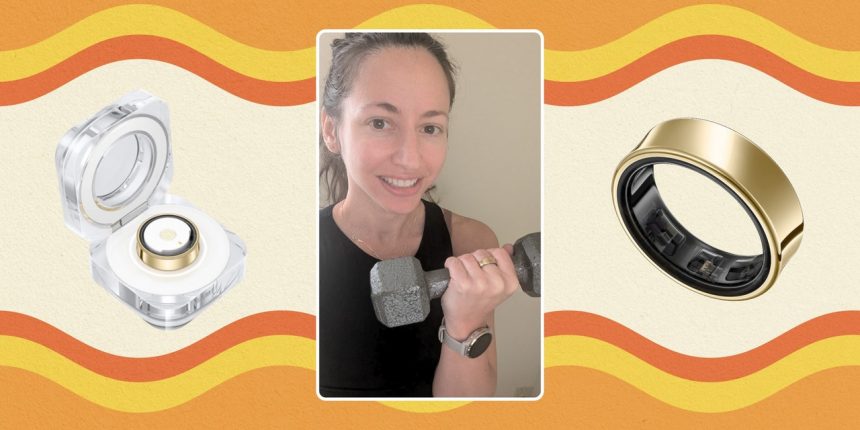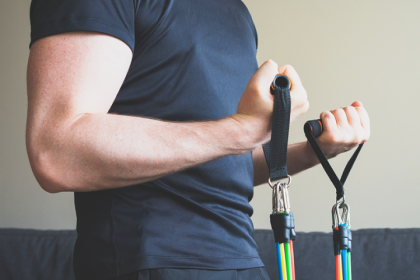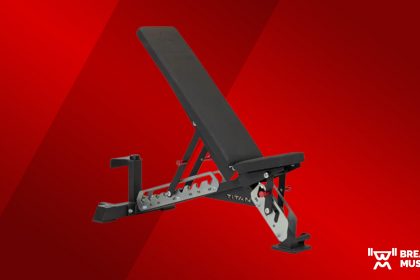Then you’re ready to get started. The Samsung Ring is compatible with phones that run Android 11 or higher—you just need to download two apps. You use Galaxy Wearable to manage your settings, find important updates, check your battery life, and even raise an SOS to find your missing ring (the lights on the inside will start to blink). Then you also need the most up-to-date version of Samsung Health, which is where you find all the important health and fitness data your fun new accessory gathers.
Working out with the Galaxy Ring
Like many wearables, the Galaxy Ring is touted as a health and fitness tracker, so testing it on the move was a must for me. Over my eight-week trial period, I wore it on outdoor runs and walks, indoor cycling, and a couple strength training sessions (before I pulled the plug on that, for the comfort reasons listed above).
A cool thing about the ring: It auto-detects runs and walks, which means you don’t need to open the app (or even have your phone with you at all) to start your workout. However, I noticed that when I relied on this Auto Workout Detection feature, the ring’s distance calculations seemed like more of an approximation, likely because it doesn’t use GPS. Generally I found it to be pretty close, though on some days, there was more discrepancy than others. For instance, the ring logged a 5.06-mile run, which I also measured with my trusty Garmin Venu 3S watch, as 4.93—decently close! But when I ran a 10-mile race on another day, the Galaxy Ring only clocked it as 8.78.
If you are able to bring your phone with you, you’ll get more accurate data. Simply start a run on your Samsung Health app, do your workout, and end the session when you’re done. When I used my phone, my ring logged 5.04 miles compared to 5.17 for my Garmin.
The ring also uses one of its inside sensors to measure heart rate, and I noticed some variation with this too. During my 10-mile race, the ring clocked my average heart rate as 167 beats per minute, while my Garmin had it just one bpm higher at 168. But during an easy four-miler on the boardwalk, my ring listed my average as 118 bpm—a little too easy. My Garmin was more on the money, with an average of 144.
I looked a little closer at my data and noticed something interesting. During that four-miler, the breakdown of time spent in each heart rate zone seemed on the mark. If you look at the graph of the Galaxy’s readings below, you’ll see I spent the largest amount of time in my aerobic zone, between 129 and 146 bpm. Only a tiny smidge was logged in 110–128 (where the 118 average would be smack in the middle). You can see that matches up pretty well with my Garmin. Could it be that the ring’s data was accurate, but its math was off?
Heart rate zones on Galaxy Ring
Heart rate zones on Garmin Venu 3S smartwatch
(I noticed this issue with heart rate averages several times during my testing period. I asked a rep from Samsung for some intel, and they recommended making sure that the ring fits correctly—snugly, and without gaps—and that the “orientation indicator” line faces toward the palm for proper readings.)
Galaxy Ring health metrics
I think the ring shines in this space—there are a ton of metrics literally at your fingertips. My favorite was the Energy Score, a daily measurement of your physical and mental readiness. Your ring tallies this by analyzing your sleep, activity, and heart rate data from the day before.







